Ingredients
Laksa Paste
-
8 garlic cloves
-
30g ginger
-
30g peanut butter (1 tbsp)
-
60g tamarind paste (2 tbsp)
-
4 tbsp tomato purée (80g)
-
1 tbsp brown sugar
-
1 1/2 tbsp ground coriander
-
1 tbsp ground cumin
-
1 tbsp chilli powder
-
1 tsp ground turmeric
-
30g cold-pressed sunflower oil (3 tbsp)
For the Soup
-
2 tbsp cold-pressed sunflower oil
-
4 parsnips (350g)
-
2 lemongrass stalks
-
5 bird’s eye chillis
-
1l veg stock
-
400 ml coconut milk
-
20g coriander
-
200g bean sprouts
-
100g rice vermicelli noodles
-
225g firm tofu
Method
Pre-heat the oven to 200°C. Peel the garlic and ginger and grate both into a bowl, then mix in all of the ingredients for the paste along with 1 tsp salt.
Slice the parsnips in half lengthways and place on a lined baking tray. Take 1 tbsp of the paste and evenly coat the parsnip halves. Then roast them for 40 minutes, turning them halfway through.
For the soup, heat the oil in a large saucepan or casserole and gently fry the paste for just 5 minutes, stirring it constantly so that the spices don’t burn. The moment the paste begins to stick to the pan, add the stock and coconut milk. Bash the lemongrass with a rolling pin or something heavy to break it open and release its flavour. Then pierce the chillies with a knife. Add both to the pan. Bring the laksa to a boil, cover and simmer until the parsnips are ready.
In the meantime, press the tofu between two pieces of kitchen paper to remove some of the water. Then cut it into small cubes and fry with 1/2 tsp salt and a bit of oil until golden all over. Add the vermicelli noodles to a heat-proof bowl and cover with boiling water. Let them steep for 2 minutes, then drain them into a sieve and cool them off under cold tap water. Roughly chop the coriander including the stems.
When the parsnips are nice and golden, remove the laksa from the heat and drop in most of the bean sprouts. After a minute, divide the laksa equally between the serving bowls. Add the vermicelli noodles, followed by the parsnip halves, the remaining bean sprouts, the coriander and the tofu.
Method
Preheat the oven to 200°C. Peel the garlic and ginger and grate both into a bowl, then mix in all of the ingredients for the paste along with 1 tsp salt.
Slice the parsnips in half lengthways and place on a lined baking tray. Take 1 tbsp of the paste and evenly coat the parsnip halves. Then roast them for 40 minutes, turning them halfway through.
For the soup, heat the oil in a large saucepan or casserole and gently fry the paste for just 5 minutes, stirring it constantly so that the spices don’t burn. The moment the paste begins to stick to the pan, add the stock and coconut milk. Bash the lemongrass with a rolling pin or something heavy to break it open and release its flavour. Then pierce the chillies with a knife. Add both to the pan. Bring the laksa to a boil, cover and simmer until the parsnips are ready.
In the meantime, press the tofu between two pieces of kitchen paper to remove some of the water. Then cut it into small cubes and fry with 1/2 tsp salt and a bit of oil until golden all over. Add the vermicelli noodles to a heat-proof bowl and cover with boiling water. Let them steep for 2 minutes, then drain them into a sieve and cool them off under cold tap water. Roughly chop the coriander including the stems.
When the parsnips are nice and golden, remove the laksa from the heat and drop in most of the bean sprouts. After a minute, divide the laksa equally between the serving bowls. Add the vermicelli noodles, followed by the parsnip halves, the remaining bean sprouts, the coriander and the tofu.

Peanut & Parsnip Cheat’s Laksa
Ingredients
For the Laksa paste
- 8 garlic cloves
- 30 g ginger
- 30 g peanut butter (1 tbsp)
- 60 g tamarind paste (2 tbsp)
- 4 tbsp tomato purée (80g)
- 1 tbsp brown sugar
- 1 1/2 tbsp ground coriander
- 1 tbsp ground cumin
- 1 tbsp chilli powder
- 1 tsp ground turmeric
- 30 g cold-pressed sunflower oil (3 tbsp)
For the Soup
- 2 tbsp cold-pressed sunflower oil
- 4 parsnips (350g)
- 2 lemongrass stalks
- 5 bird’s eye chillis
- 1 l veg stock
- 400 ml coconut milk
- 20 g coriander
- 200 g bean sprouts
- 100 g rice vermicelli noodles
- 225 g firm tofu
Instructions
- Preheat the oven to 200°C. Peel the garlic and ginger and grate both into a bowl, then mix in all of the ingredients for the paste along with 1 tsp salt.
- Slice the parsnips in half lengthways and place on a lined baking tray. Take 1 tbsp of the paste and evenly coat the parsnip halves. Then roast them for 40 minutes, turning them halfway through.
- For the soup, heat the oil in a large saucepan or casserole and gently fry the paste for just 5 minutes, stirring it constantly so that the spices don’t burn. The moment the paste begins to stick to the pan, add the stock and coconut milk. Bash the lemongrass with a rolling pin or something heavy to break it open and release its flavour. Then pierce the chillies with a knife. Add both to the pan. Bring the laksa to a boil, cover and simmer until the parsnips are ready.
- In the meantime, press the tofu between two pieces of kitchen paper to remove some of the water. Then cut it into small cubes and fry with 1/2 tsp salt and a bit of oil until golden all over. Add the vermicelli noodles to a heat-proof bowl and cover with boiling water. Let them steep for 2 minutes, then drain them into a sieve and cool them off under cold tap water. Roughly chop the coriander including the stems.
- When the parsnips are nice and golden, remove the laksa from the heat and drop in most of the bean sprouts. After a minute, divide the laksa equally between the serving bowls. Add the vermicelli noodles, followed by the parsnip halves, the remaining bean sprouts, the coriander and the tofu.
Notes


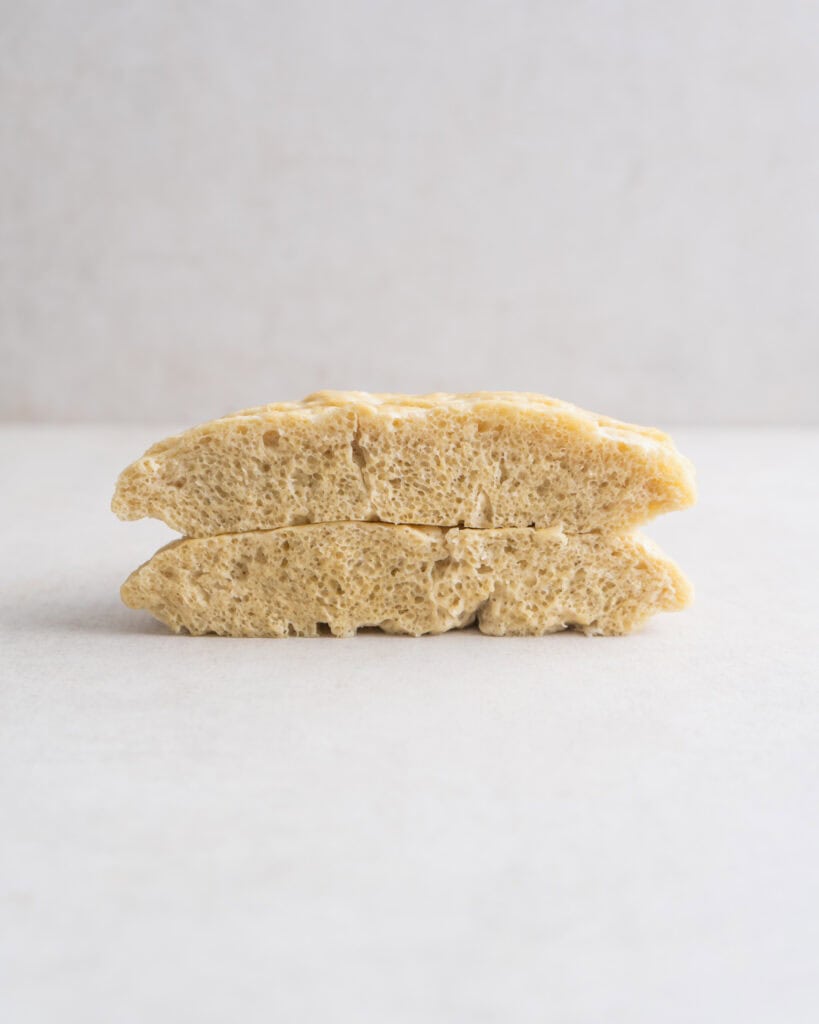
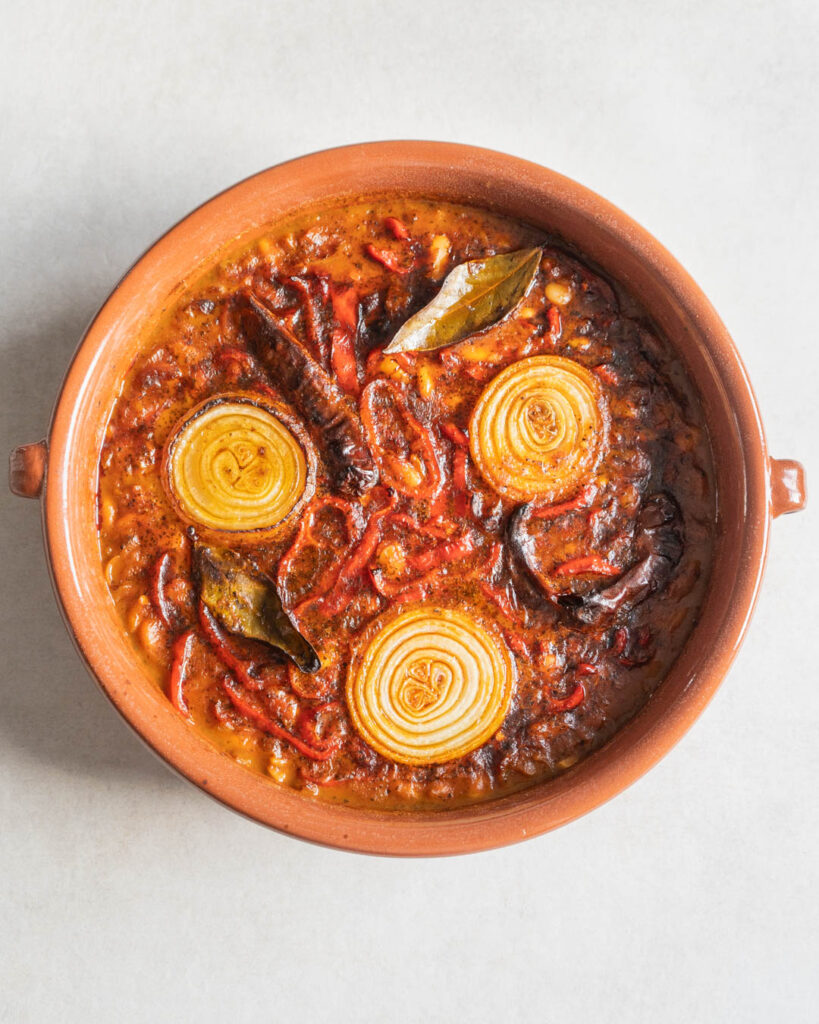
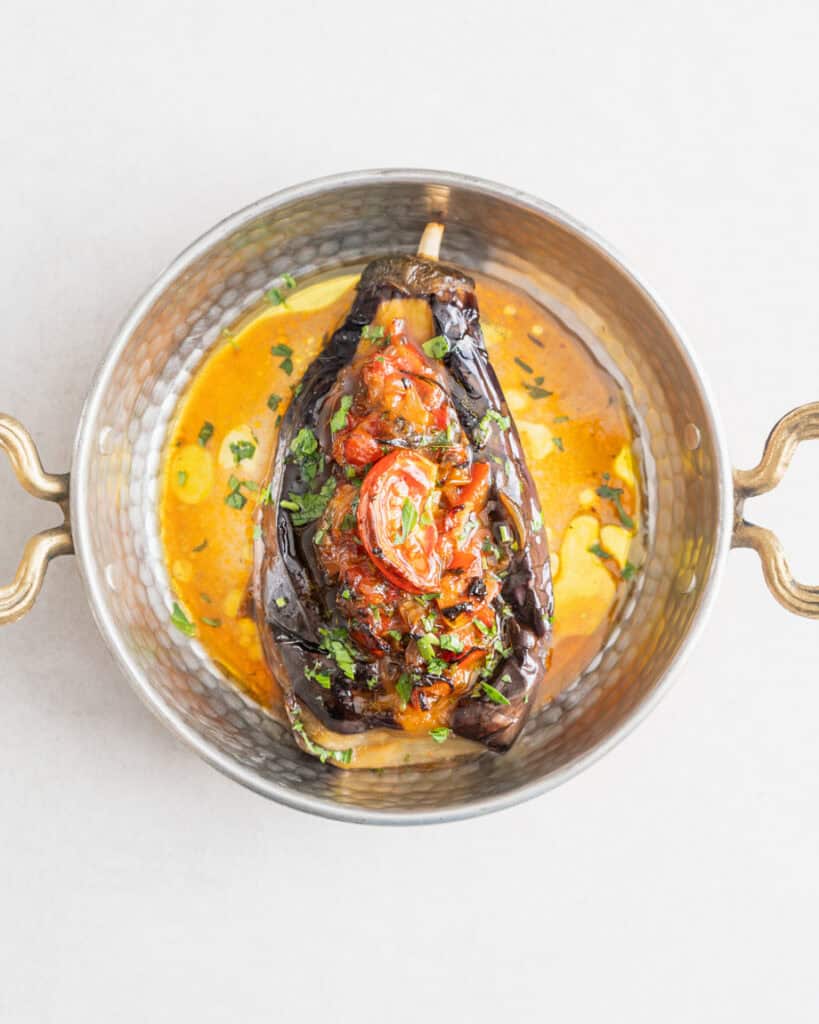
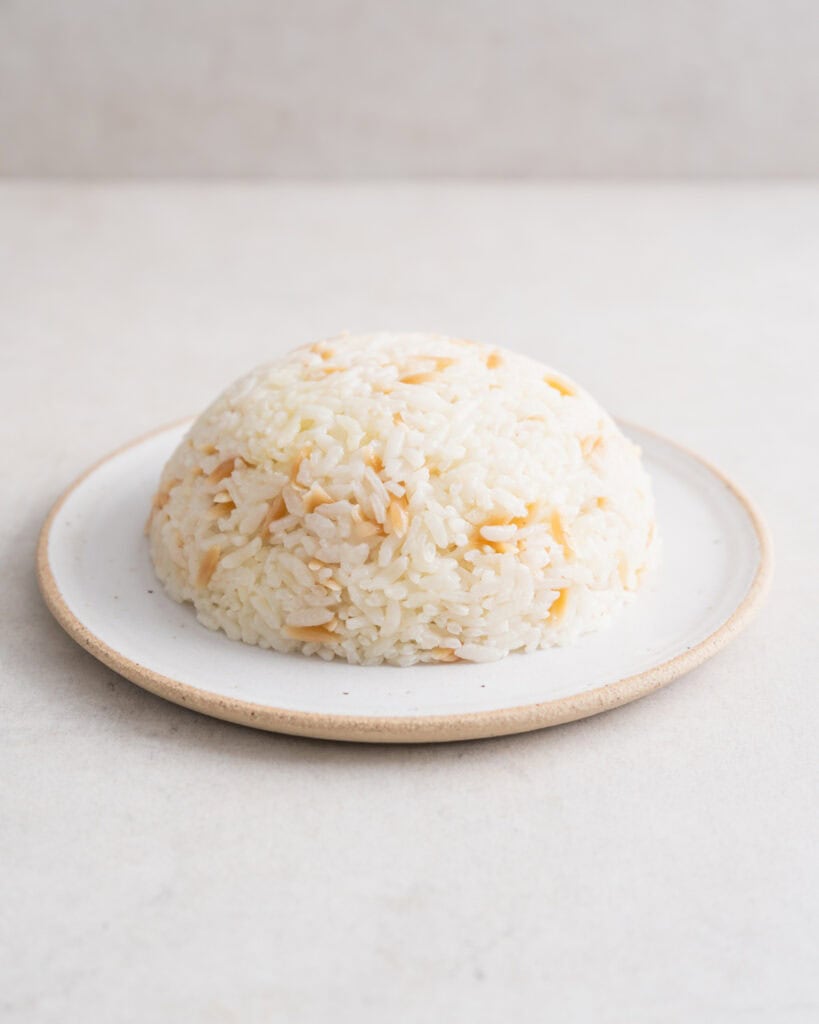




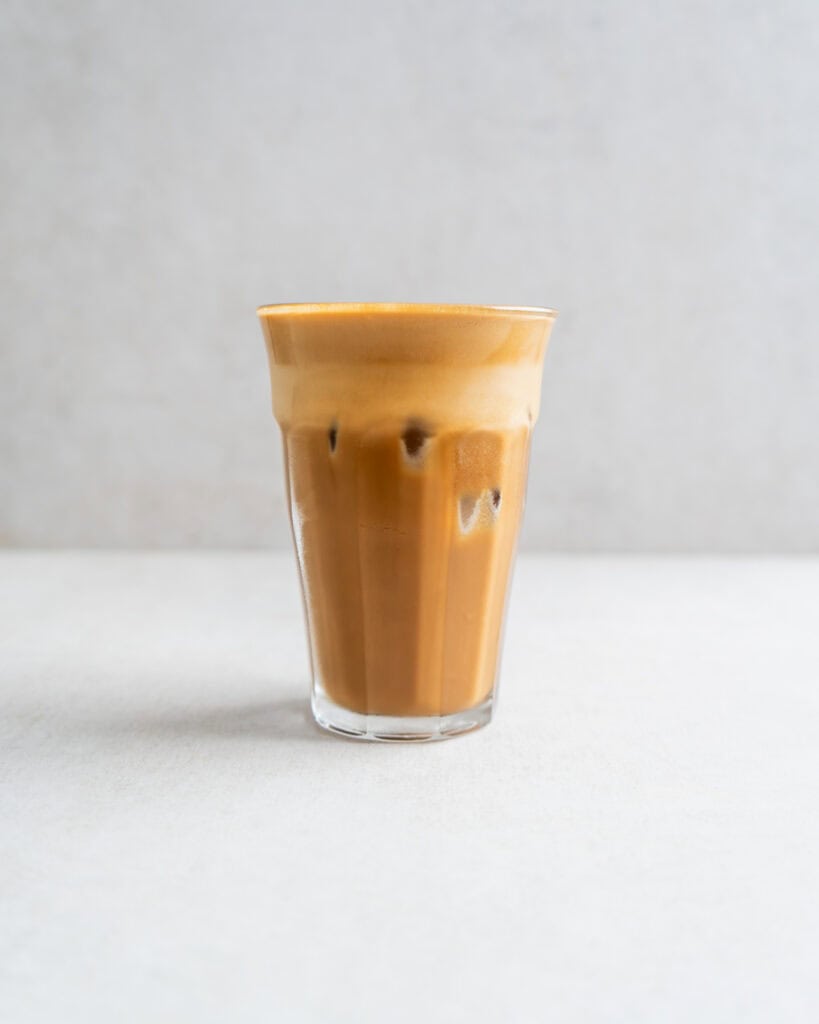

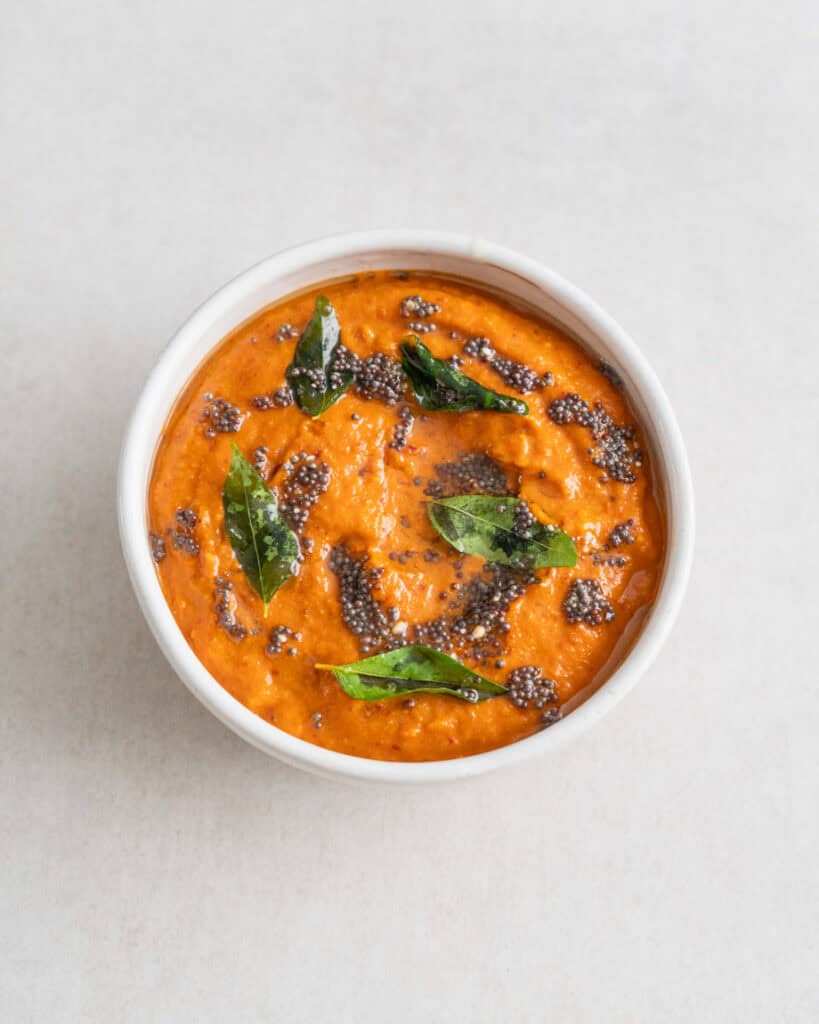
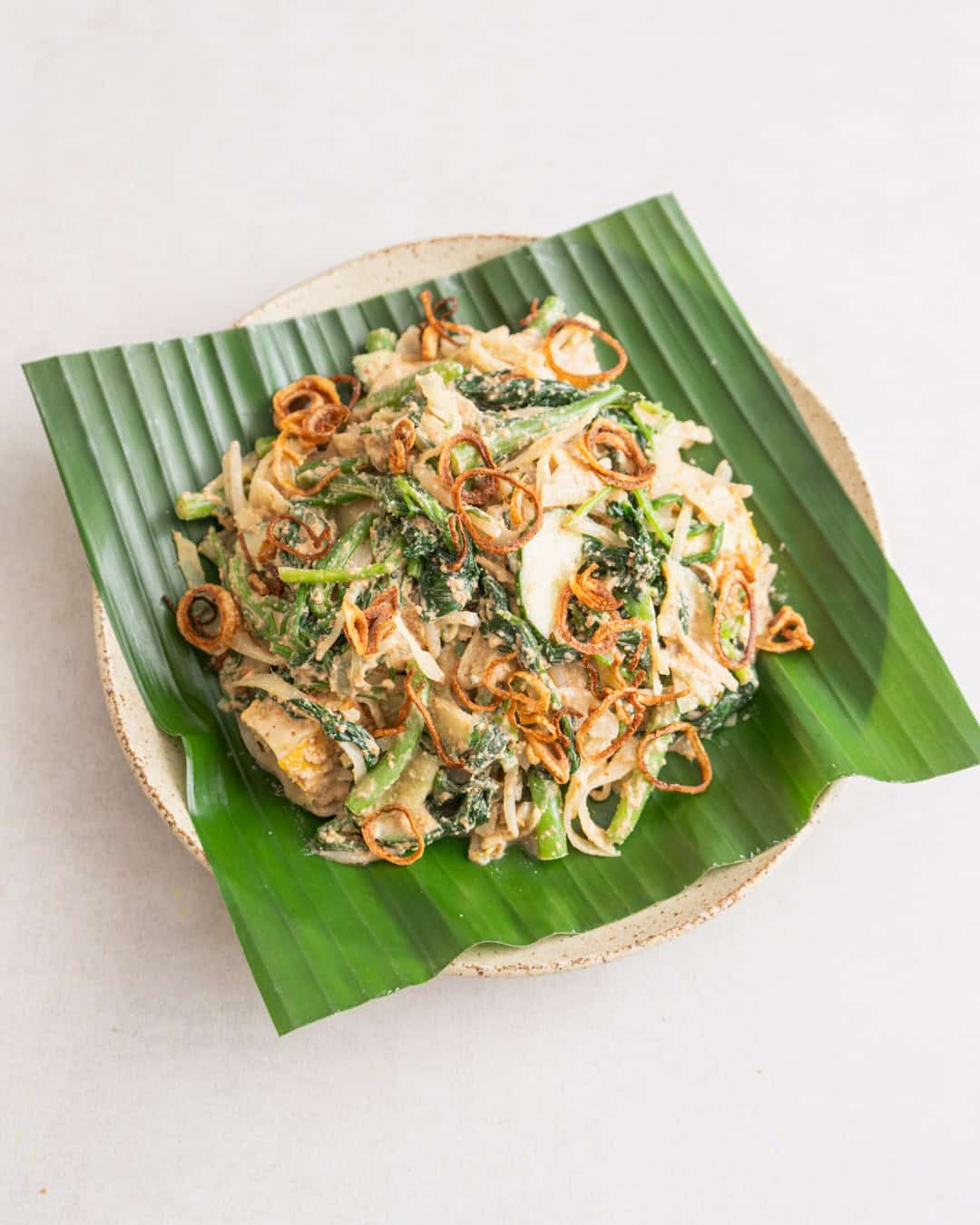
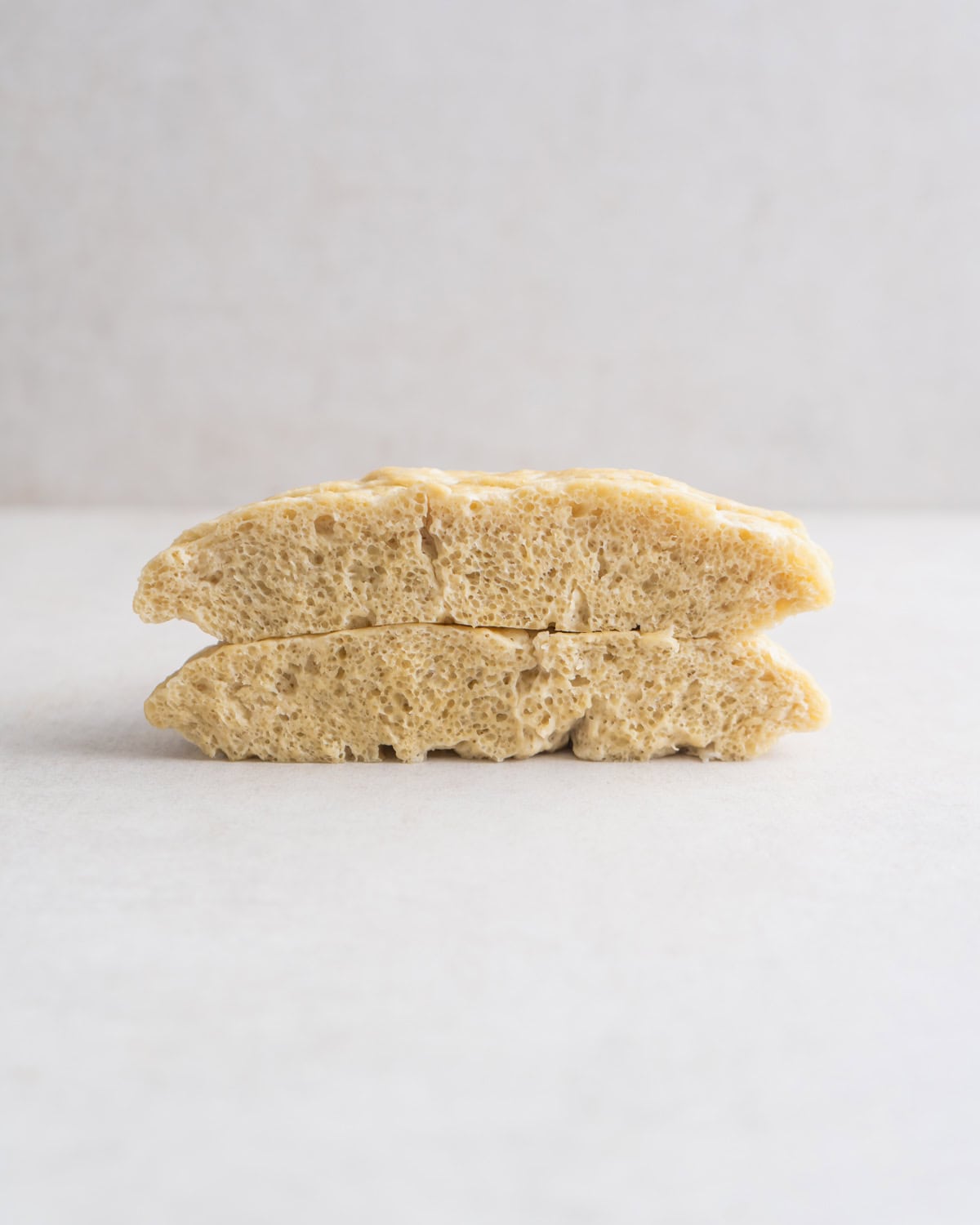

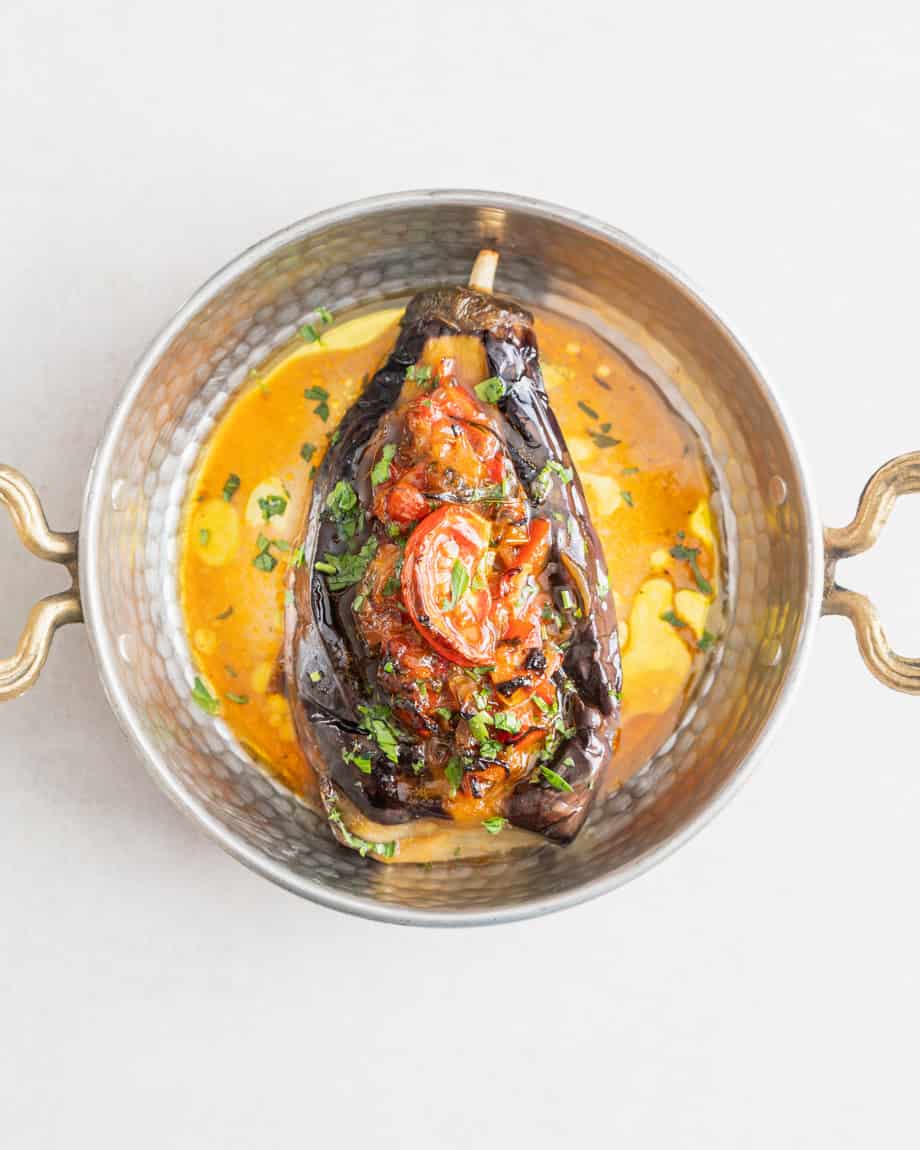

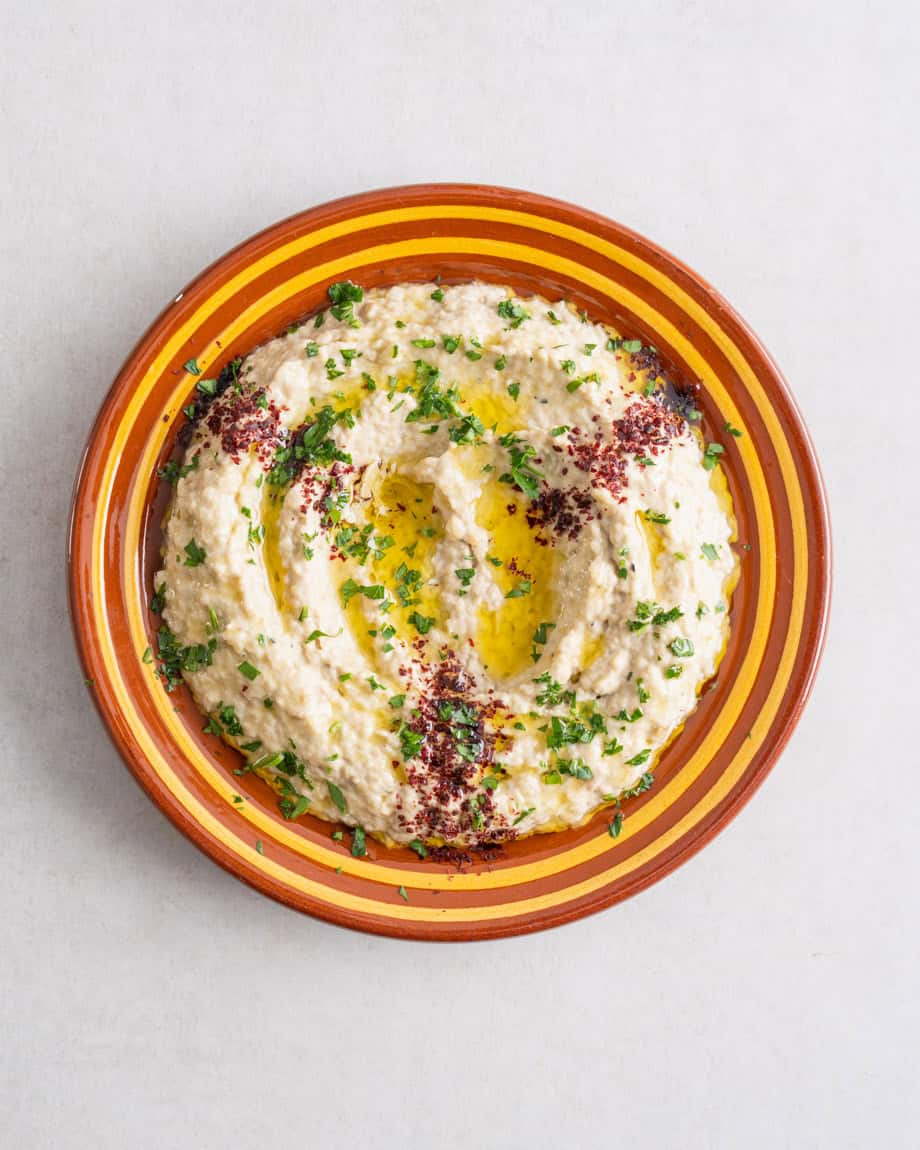
0 Comments